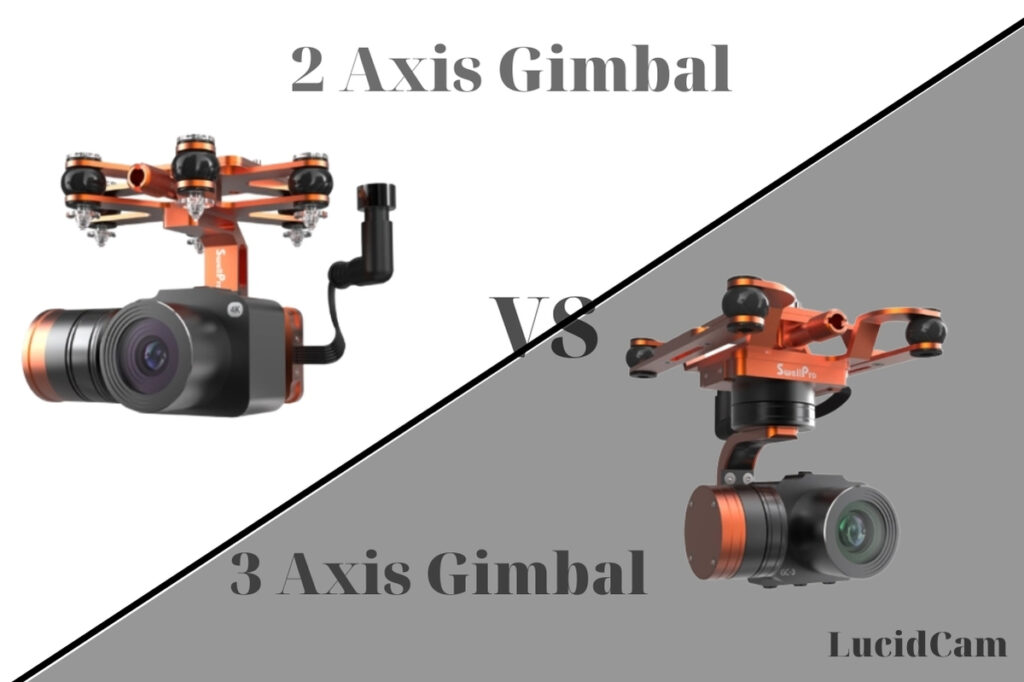Do you want to be able to capture smooth footage while walking, biking, or even driving? This article will help you decide if a two-axis gimbal or three-axis gimbal is best for your needs.
We’ll also discuss the difference between 2 Axis vs 3 Axis Gimbal so that you can make an informed decision on which option meets your requirements. For most people, I would recommend getting a 3-axis stabilizer because it provides more stability than the 2-axis version. You’ll need to spend about $500-$1000 on one of these devices but they are worth every penny when it comes time to share video with friends and
Table of Contents
What Is A Gimbal?

Gimbals are tools that mount your camera to ensure stable video recording. The gimbal mounts the camera on one or more arms that absorb subtle movements.
The gimbal will keep your camera steady even if you make unintentional movements, such as when you walk. It works in the same way a chicken keeps its head steady even when it is lifted and moved around.
How Does A Gimbal Work?
Gimbals are a newer digital version of a miniature stabilizer. Gimbals are essentially a miniature brains that can distinguish between camera shake and intentional movements.
Let’s take a look at your phone for a moment. Most likely, it has accelerometers or gyroscopes that allow it to detect when it’s been turned upside down or lifted off the table.
Gimbals also have all the sensing capabilities, plus some moving pivots and amounts for a camera. You can use quiet to avoid the motors’ sound being picked up by your mic. The mounted camera can be perfectly steady thanks to brushless motors that allow for micro-adjustments of the arms. It’s just like lifting and moving a chicken around.
Which Gimbal Should You Choose?
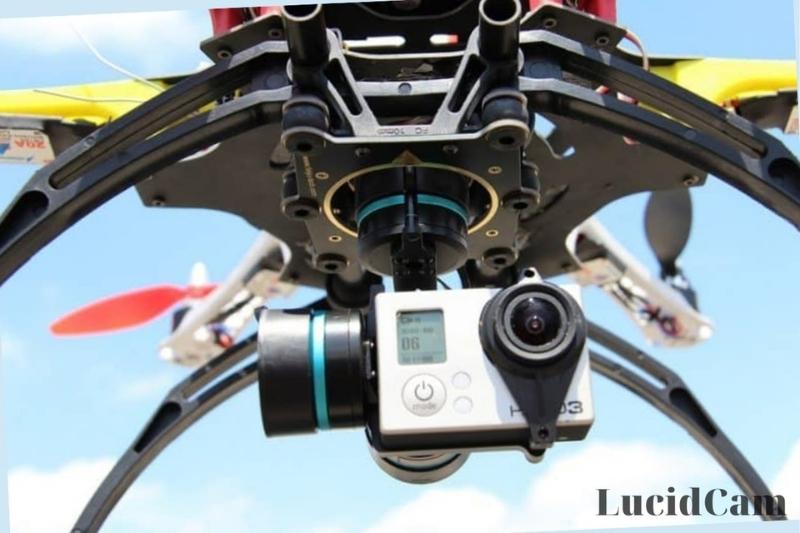
The two-axis Gimbal is an excellent choice for beginners to videography. The stable recording doesn’t require you to spend a lot. It is not as important to have stable videography if you are using it handheld or at a slow pace.
Because we can control our lateral (left- and right-hand) movements better, If you plan to shoot dynamic scenes like a video of a sport in action, however, three-axis Gimbals will be of great benefit.
Many drone users prefer the three-axis Gimbal. It is heavier, but it produces smoother and high-quality videos. Drones are more vulnerable to unwanted lateral movements.
2 Axis vs 3 Axis gimbal
A video will show you the exact difference between a three-axis gimbal and a two-axis gimbal. Below is a YouTube video that shows the difference between a gimbal with three axes and one with two
2-Axis Gimbal
Stabilize the drone’s movements with two-axis gimbals. It can turn and move forward or backward by tilting one of its propellers.
I love to picture the boat moving on waves. The waves will cause the nose of the boat to move in one direction and the noise of the boat to rise and fall.
Two-axis gimbals cannot stop the drone’s nose from pivoting left to right. This motion is similar to shaking your head. You can also change the direction of the boat to borrow an analogy from the boat analogy.
3-Axis Gimbal
The three-axis Gimbal is included in nearly every camera drone used for videography or photography by professional and serious hobbyists.
A three-axis gimbal stabilizes the camera and prevents bumps. Smooth movement on all three axes (roll, pitch, and yaw) is prevented.
This is how a boat changes its direction in the water. The waves can cause boats to tip, roll, or fall. Although the drone moves in one direction using its rudder, it can also make extra movements than a three-axis stabilizer could.
Three-axis gimbals are the best for capturing great footage. They can be found in many drones.
What’s The Difference Between A 2-axis And a 3-axis Gimbal?
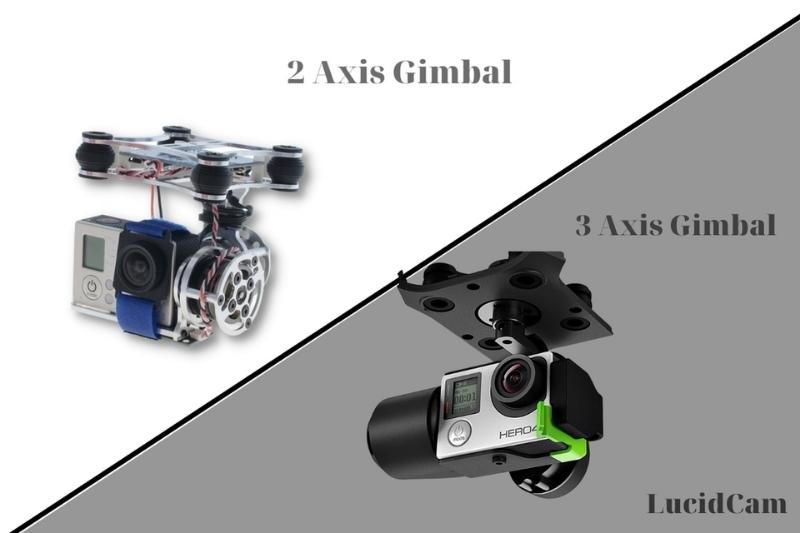
The direction in which the camera can stabilize determines the difference between a two-axis and a three-axis gimbal.
A drone can pivot along all three axes as it flies in the air. It can also move its nose upwards and downwards to go backward or forwards. The propellers on either the left or right sides of the body can be moved up and down by the animal to move to the left and right. It can also pivot left or right using the counterclockwise or clockwise motions of its propellers while remaining in the same spot.
It took me a while to figure out what the propellers did when I was first trying to understand how a drone moved in a 3D space. Below is a diagram of all drone movements. The propellers that spin faster are highlighted with a plus sign. This will give you an idea of what happens when the drone moves in different directions.
The bumps and issues stabilizing the drone are caused by side-to-side movements. This is because a two-axis gimbal cannot stabilize the movements that are similar to turning your head left. The camera will experience significant shaking as if it’s shaking its head side-to-side.
This issue is not a problem for the three-axis gimbal because it can counteract side-to-side movements caused by “head shaking,” which could cause camera instability.
The video is that the three-axis gimbal results in a much smoother recording than the two-axis gimbal. This means that the three-axis gimbal will be much better for photographers and videographers who after cinematic footage are smooth and judder-free.
Get The Best Footage With a 2-axis Gimbal
There are many drones that only have a 2-axis gimbal. It is not a problem as many people don’t have the budget to purchase more sophisticated drones. However, you still have the ability to capture amazing footage and take incredible selfies with your drone.
You don’t have to be as picky about where you will fly your two-axis gimbal drone. Choose days that aren’t as windy to ensure that your drone gimbal works as hard as possible.
Best 2 Axis Gimbal Drone
1. JME SELFIE DRONE
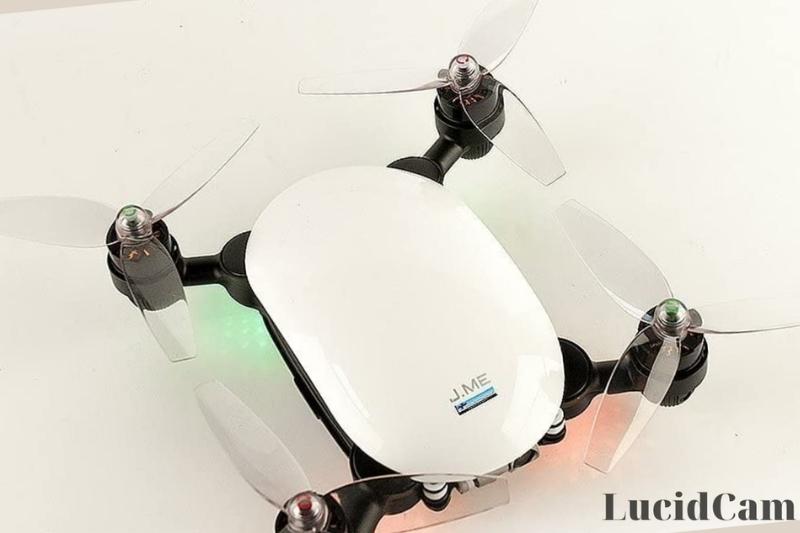
We have a new drone at the fourth spot that has yet to make a name for its self on the market. It’s not a negative drone, but I think it’s an unknown one. This is due to its lack of popularity. It has been totally overshadowed and outranked by DJI Spark, Yuneec Blender, and the rest of the selfie drone line-up… so the two-axis drone category is the only one where it can reach the top 5. Let’s get started and find out what this little bugger is all about.
Superior Video Quality
We already had several drones featuring impressive photography solutions. This drone is smaller than any other. J-Me Selfie Drone has a 4K capable camera and a 12MPXCMOS sensor. The two axes mechanical Gimbal records 30fps video at maximum resolution and produces buttery smooth results.
This little guy has not only a gimbal but also EIS (electronic imaging stabilization), which allows your footage to benefit from the best of both stabilization and image stabilization. Although 4K footage might have some jello, the Spark can stabilize it much better than the gimbal… this shouldn’t be an issue for lower resolutions where EIS kicks into action.
This baby is also very easy to fly. It can fly for up to 20 minutes, which is longer than DJI Spark. Even more impressive is the operating range. Even though the standalone drone (smartphone-controller) doesn’t really do that much in terms of range, neither does DJI Spark.
If you purchase the controller, you will get more than 600m of video and operating range. Take that number with a grain, but why? This beauty can travel over 1.5km without losing the signal. Amazing!
Plenty Of Smart Feature
It’s not surprising that J.ME Selfie Drone is DJI Spark’s biggest competitor. J.ME has waypoints, altitude hold, and GPS connectivity that can reach from 15 to 20+ satellites.
You can also view live HD streams and get detailed telemetry. J.ME Selfie Drone is available in several colors and is generally a cute little drone.
TRAXXAS ATON
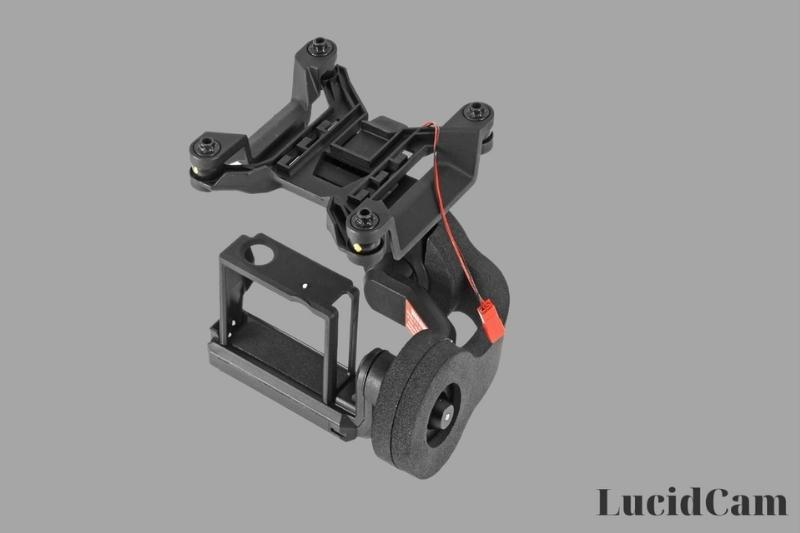
Aton is an old-timer because it’s been in the market for a while now. This beautiful flying bugger is made by Traxxas, a well-known brand in the RC industry. It’s also very powerful and can do a lot for its users. It’s actually the only sport+productivity hybrid that I know of. How is this possible? Continue reading to find out how it is possible.
Truth 2 In 1 Drone
Traxxas is a company that produces only the best RC devices. Their two drone models are no exception. Traxxas Alias is one of the most agile and fastest brushed RTR drones available. Aton is incredibly fast yet can also be used as an aerial photography platform. This is all due to two flying modes: Sports and Photography.
You’ve probably guessed that the drone can reach speeds of up to 80 km/h in sports. The stabilization feature, which makes the drone slower and more stable, allows for smooth aerial recordings. We won’t go into detail about the Expert flying mode.
BYOC
Just like the popular System of a Down song goes by the name BYOB (bring your own bombs), for Traxxas Aton, there is another abbreviation in function – BYOC. You’ve guessed it, and it stands for bring your own camera. In other words, it’s basically a fancy way of stating that Traxxas Aton does not come with a camera.
The Plus model comes with a two-axis gimbal, which does a great job of image stabilization, as was mentioned above. If you pair it up with an action camera, such as the GoPro Hero, you can expect stunning aerial footage.
Walkera Peri
Walkera’s Peri drone was announced a few weeks ago at CES 2018. Walkera also revealed their flagship premium model, Peri. But that’s another story. We will now be focusing exclusively on Peri and the chances that it pushes Spark (and possibly even Mavic Air!) off the top spot. Although it might appear to be too high in the initial rankings, it is actually a quality product that deserves all the hype. Here are the reasons…
Camera And Smart Features
Walkera Peri’s 13MPX 4K camera does justice to the camera. This 1/2.3-inch CMOS sensor can record 4K footage at 30 frames per second. The integrated 2-axis mechanical stabilization gimbal ensures smooth video. The results are sharp and colorful, with no jello effect like cheaper models.
Walkera PERI’s GPS and GLONASS navigation systems are its foundation. It’s also well-positioned with optical flow positioning and an altitude hold system, which ensure hovering and flight stability. There are many flying modes, including active tracking, drone mode, and gesture control.
Pretty Good Specs
Spark and PERI share many similarities. You shouldn’t be surprised to hear that they have roughly the same flight time of around 15 minutes. Spark can travel twice the distance while Walkera PERI is able to go up to 1 kilometer. Walkera PERI has not yet been released. This beauty will be available in a few months, so you don’t need to wait too long to have it.
DJI Spark
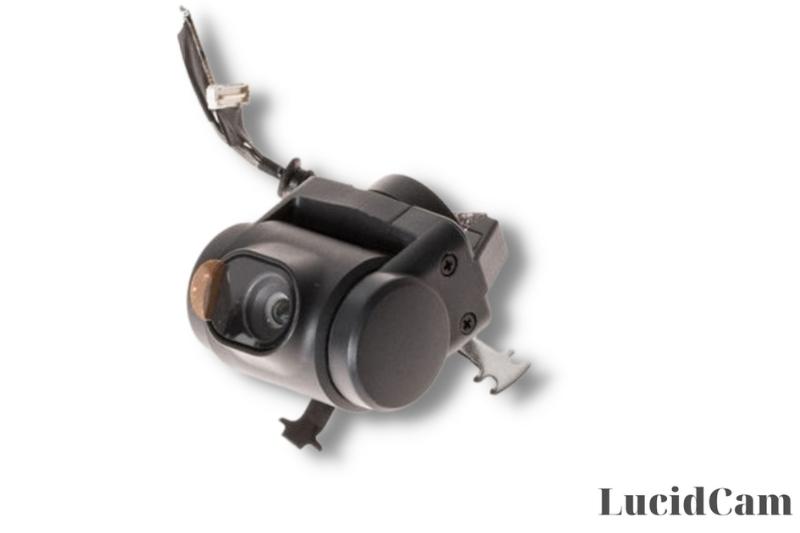
Finally, Spark by DJI is the best 2-axis gimbal drone at the moment. This amazing device offers premium performance in a small package. What’s so special about Spark? Spark has a lot of great features and a great camera that will rock your world. Let’s get on with it!
Brilliance In a Ridiculously Small Packet
Spark is not a small drone like this one. It can be used for taking selfies, but it is not a toy. Spark has GPS connectivity and FlightAutonomy (version 2.0), which ensures it avoids dangerous situations when flying. The story also includes many flight modes, including PalmLaunch (the most popular) and PalmControl. These features allow you to control your drone with just hand gestures.
When you consider its small size, specifications are also great. To be more specific, Spark can fly up to 2 km from its transmitter. If you wish to fly the Spark at long distances, you will need to purchase DJI Spark Fly More Combo. The battery can be used in both versions. It can keep your drone up for 15 minutes.
Thrilling Camera
Spark is not a drone with amazing features. It’s Spark’s size and his camera that makes him stand out. Because it is so small, Spark can be there for you when you need it. It’s also a commercially viable drone because of its camera.
It won’t be able to do serious industrial work, but it can take professional-quality aerial footage. Its FHD camera and 2 axis Gimbal are capable of producing stunning results. The drone is extremely stable and there’s no shaking. You can also control the gimbal mid-flight to capture stunning footage.
Best Drone With 3 Axis
YUNEEC TYPHOON H
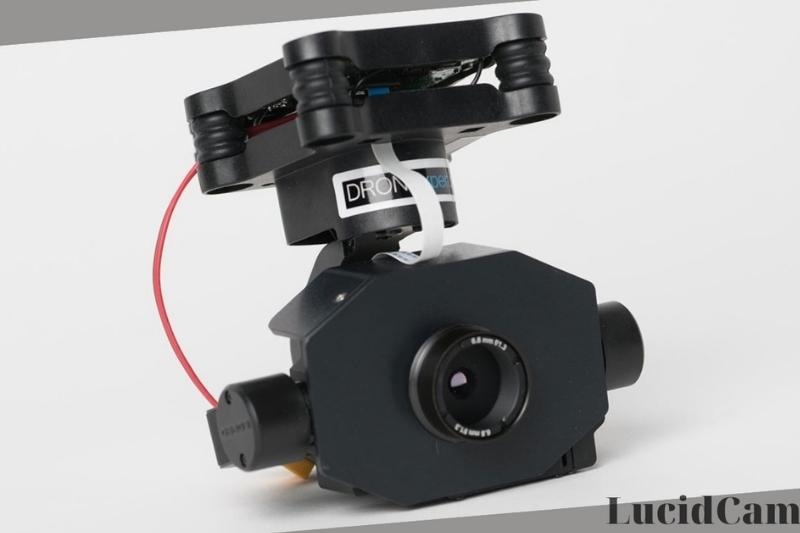
The recent announcement of a Typhoon H Pro official upgrade by Yunec Typhoon H has drawn a lot of attention back to the original model. Typhoon H is a top-of-the-food-chain model with all it has to offer.
Typhoon H, unlike its brother H520, is more suited to other industries. However, Typhoon H was designed for professional photographers who are in dire need of an aerial platform. If you’re one of these professionals, don’t hesitate to take a closer look at the amazing model!
Interesting Features And Well-Deserved Camera Upgrade
Let’s start with the fact that Yuneec Typhoon H can be described as a fully-fledged hexacopter, with many supporting features due to its six motors. Primarily, I’m referring to the 5-motor failsafe that allows your drone to land safely even when one motor fails during flight.
You can even add a 4-motor failsafe, but it all depends on which motors stop working. Yuneec TyphoonH is equipped with a variety of flying modes, making it a viable platform for professional aerial photography, both for commercial and amateur users.
It is partly due to the recent camera upgrade. CGO4K was included in the original Yuneec Typhoon H, while the “newer” model comes with CGO3+. This adds many key benefits. It can take amazing aerial footage (and photos) in 4K at 30fps. The Yuneec Typhoon Pro will be equipped with a 1-inch sensor, which will make it a more viable professional aerial platform.
Specifications
Although DJI devices have established a standard in terms of range and battery life, it is unfair to compare other models solely to their model.
Despite this, Yuneec Typhoon H still has a 1.5 km operating (and transmission) range. The battery duration is good with about 23 to 25 minutes of available airtime. This is a pretty awesome package, don’t you think? What are you waiting for?
DJI Mavic Pro
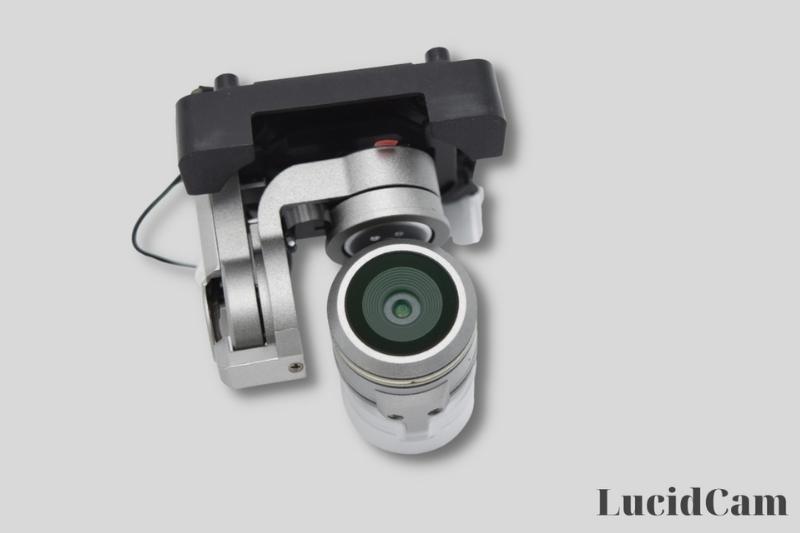
DJI Mavic Pro has fallen to 4th place on most drone charts today, despite all its latest arrivals. This is due to the Mavic Air, which has already made quite a name for itself. However, with DJI Mavic Professional still having higher specifications and being an already-proven-to-work model, can it still be competitive enough to stay in the top 5? Let’s find out…
Brilliant Performance With A Small Package
Even with DJI Mavic Air’s release, DJI Mavic Professional is still the best drone for those who need top-flight performance and small size. Because of its compact design and small dimensions, DJI Mavic Pro is able to be with you when you need it most. I know you will agree that this cannot be said for full-fledged drones.
The best part is that DJI Mavic Pro has no compromises in quality due to its small size. DJI Phantom 4 and 4 have the same features as DJI Mavic Pro. It even has obstacle avoidance, which adds an extra level of reliability. DJI Mavic Pro’s camera is no joke – it has a three-axis stabilizer and 4K at 30fps.
Specifications
As I have already mentioned, the DJI models (including this one) have set new standards in terms of operating range when paired with high-end models. DJI’s OcuSync technology, which allows for up to 7 km of video transmission and operating distance, makes Mavic Pro possible.
DJI Mavic Pro delivers on its promise of airtime. Because its intelligent flight battery can last up to 27 minutes on a single charge, it’s able to provide an incredible amount of airtime. If you’re aiming for DJI Mavic Pro Platinum, it will take less than half an hour.
DJI Mavic Air
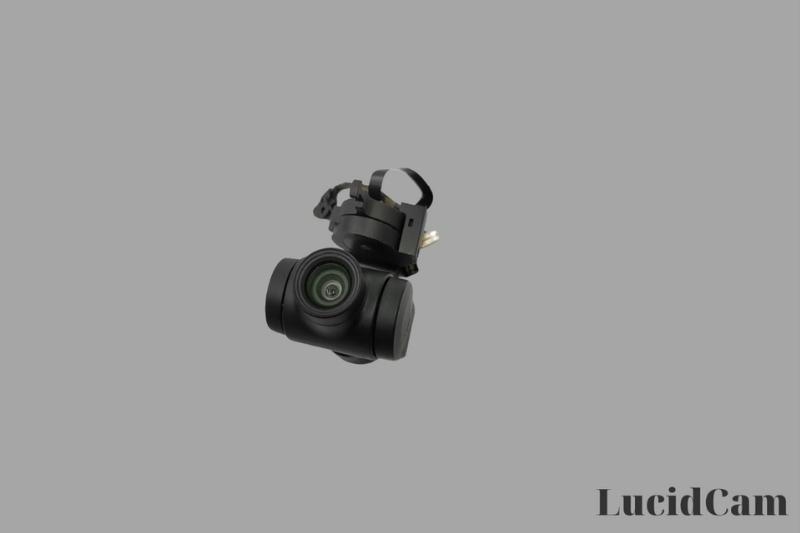
The DJI Mavic Air drone, the latest addition to the DJI range, is finally available for purchase. We are now witnessing the first tests and full-fledged reviews of the Mavic Air. Now is the time for a final comment. This is a simple question that I am asking: Can Mavic Air be a threat to Mavic Pro, or will it simply replace Spark?
This is a difficult one. It’s also hard to quantify quality and size. It’s worth it, I suppose!
- You can up your game with the Mavic Air 2 camera drone. It takes power and portability to a whole new level. This drone combines powerful cameras with intelligent shooting modes to produce stunning results.
- Next-Level Content: Take 48MP photos using a 1/2 inch CMOS sensor. The 3-axis gimbal captures 4K/60fps videos.
- Improved Flight: A remarkable flight time of up 34 minutes is enough to achieve epic, fast-paced shots.
- Intelligent Tracking: Mavic Air2 features intuitive shooting functions that make aerial photography easy than ever.
- Video capture resolution: 4K HD
Is This The Mavic Pro KIller We Have All Expected?
DJI Mavic Air is a combination of Spark and Mavic Pro. You’ll soon realize it’s closer to the Mavic Pro, but it actually sits right in the middle of these two amazing drones. You’ll find a lot of great features and a lot to be proud of.
ActiveTrack, TapFly, and SmartCapture are both still available, which are some of the most sought-after features on high-end DJI drones. QuickShots and SmartCapture are new additions. FlightAutonomy 2.0 is an advanced but upgraded obstacle avoidance system.
The camera is where the fun begins. This little camera is 4K ready and can record at 30fps without any stuttering. You can also use the same thing with Mavic Pro… however, you will experience higher FPS and higher bitrates if you lower the resolution. This means that DJI Mavic Air camera performs slightly better than DJI Mavic Pro.
Both come with three-axis Gimbal Solutions that allow them to roll, pitch, and jaw their way through incredible aerial footage. Shakiness and the nasty jello effect are gone. This tiny drone can actually deliver the same quality video as larger drones.
Specifications Are Outright Sick
They are true! The DJI Mavic Air is powered by a powerful 3S LiPo battery of 2375mAh. The battery can provide approximately 20 minutes of flight time on a single charge. The new, slightly redesigned transmitter has a phenomenal operating range and retains the same charm as DJI Mavic Pro.
Mavic Air can travel up to 5 km from its transmitter if it is clear and unobstructed. If you live in an area where there is a lot of interference, it can reach up to 4 kilometers.
Who Needs A 2-axis Gimbal Or 3-axis Gimbal
Aerial Photographers and Filmmakers
A 3-axis gimbal is the best choice if you are looking to do professional aerial photography. A 3-axis Gimbal is lighter and more cost-effective than a 2-axis. Professional aerial photographers love 3-axis gimbals because they provide video stability. Flying with 3-axis gimbals will reduce flight time. To solve this problem, bring extra batteries.
A camera with built-in stabilization and a 3-axis stabilizer will give you even better video stabilization. The camera’s video stabilizer takes care of any video shake not eliminated by the camera gimbal.
A 3-axis gimbal provides better video stability and is ideal for those who have separate operators for their cameras. Two radio transmitters can be used when flying with two operators. One is for piloting the drone, the other for controlling the camera. The 3-axis gimbal allows the operator to freely move the camera around without the need for the pilot. If a 2-axis Gimbal is used, the pilot must pan the drone to adjust the camera angle to the yaw direction.
When it comes to still image taking, 2-axis gimbals are just as capable as their 3-axis counterparts. Videos are what really set these gimbals apart. If you are a strict photographer and only take still images from the air, a 2-axis Gimbal is perfect for you, especially if you are on a budget.
For the FPV Enthusiast
A 2-axis gimbal is best if you plan to fly your drone in first-person-view (FPV), which allows you to enjoy the joy of flying. It offers two benefits due to its lighter weight: longer flight times and more agility. Every gram counts when you add weight to your drone. The drone will be less agile the heavier it is. A two-axis gimbal is lighter than a three-axis gimbal.
While 2-axis gimbals produce more horizontal shake in the video feed, this is not enough to impact your flying. FPV enthusiasts generally prefer to fly with no gimbal and mount the camera directly on the frame. This setup makes it easier to fly, but if you need a gimbal for FPV flying, then you should consider a 2-axis gimbal.
The Yuneec Q500 Typhoon quadcopter kit has the most advanced 3-axis camera gimbal systems for less than $2,000 (photo by Yuneec).
Consumers With Low Budgets
At the moment, there are many high-quality budget drones available. Camera drones are available with advanced software features like GPS, auto altitude holding, and return home. These can be purchased for as low as US$500.
Each of these features is important to keep the drone in flight. A two-axis gimbal can be used to reduce the cost.
This means you can buy a drone at a lower price with the same advanced features as the more expensive ones, but it won’t be as capable of capturing smooth footage as the most recent drones.
There is no perfect drone. I learned this the hard way when I was looking for my first drone. I had to consider all the features and my budget before I could make the best decision about how to use it.
For All Those In Between
If you plan to do some of both, a 3-axis gimbal will be the best choice. This gimbal provides video stabilization for professional users and can be used for pleasure flying drones. You should bring extra batteries, as a 3-axis drone can drain your battery a little faster than a 2-axis one.
Which Gimbal Is The Best
There is no one best gimbal, it all depends on the drone’s use. If you are looking to get into the drone market, but have a limited budget, it is a good idea to buy a drone with a 2-axis gimbal. A three-axis gimbal is best for videographers and photographers who want to capture smooth shots. A three-axis gimbal might not be the best option if you’re into racing.
Conclusion.
So, now you know the difference between 2-axis and 3-axis gimbals. The final decision is up to you! As always, we’re here for any questions or concerns about your drone purchase. If that’s not enough information on which to base a decision, then take advantage of our Drone Buying Guide. We also have an extensive list of drones broken down by category, so be sure to check those out as well. Which Gimbal should you choose?
Hopefully, this article can help with that question too! Let us know if there are other topics in the world of drones that interest you; LucidCam would love to hear from our readers!
